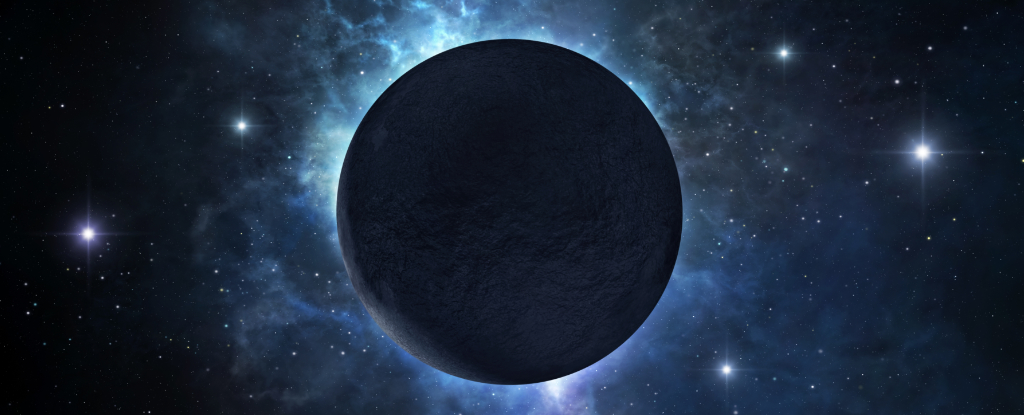A Fascinating Discovery: The World's Largest Recursive Island in Canada

A remarkable geographical oddity has recently come to the attention of social media users, igniting a surge of fascination and bewilderment online. This intriguing structure, discovered in the remote northern regions of Canada, is hailed as the world’s largest island-in-a-lake-on-an-island-in-a-lake-on-an-island. The news went viral after the Instagram account @mindset.therapy shared stunning visuals of this peculiar phenomenon, prompting a wave of reactions from netizens who found themselves both amused and confused. Many commenters shared their struggles with understanding this complex formation, with some humorously claiming that the intricate description gave them a headache.
At the core of this geographical marvel lies a small, sea-horse-shaped island that stretches just over 300 meters (approximately 1,000 feet) in length. This compact island is situated within a small, unnamed lake, which itself occupies a significant portion of a larger island. This larger island, in turn, is nestled within a sprawling 55-mile-long lake, located near the impressive Victoria Island, recognized as the eighth largest island in the world. While the concept may sound perplexing at first, visualizing this phenomenon as a recursive island helps clarify its unique structure.
Social media users were quick to express their bewilderment at this discovery. One commenter humorously remarked, “That just scrambled my brains,” while another lamented, “I literally had a headache after reading this.” Several others jokingly complained of pulling a “brain muscle” as they attempted to grasp the complex layers of this geographical oddity.
This island formation is not merely an eccentric piece of geography; it also belongs to a fascinating category known as recursive lakes. This term refers to lakes that contain islands, which in turn feature their own lakes and islands. Before this recent discovery, Volcano Island in Lake Taal, located on the Philippine island of Luzon, was recognized as the largest example of such a formation. However, satellite analysis has identified the unnamed island in northern Canada as significantly larger, consequently making it the new record holder in this category.
The recursive nature of this phenomenon goes beyond its quirky appearance; it has significant implications for scientists and geographers. Recursive lakes are considered a rarity in the natural world, arising from very specific geological conditions shaped by glacial movements and the unique history of the landscape. Understanding these formations can provide insights into the geological processes that shaped our planet.
Victoria Island, or Kitlineq as it is known by the local Inuit population, is located in the Arctic region of Canada. It is home to numerous other islands and lakes, many of which feature their own recursive formations. The island is larger than the state of Idaho; however, it is sparsely populated, with a mere 2,000 residents. Its remote and isolated location presents challenges for explorers attempting to reach these unique and hidden formations, leaving a significant portion of the area undisturbed and awaiting study.
Canada’s vast geography is particularly conducive to the existence of these remarkable islands, largely due to the country's glacial past. During the last ice age, glaciers carved through the land, creating small lakes and depositing glacial till—a mix of clay, sand, and rock. This natural process resulted in a landscape dotted with millions of small lakes, some of which contain islands, and some of these islands themselves feature lakes, leading to the stunning recursive formations.
Dr. Daniel Kerr, a geologist with the Geological Survey of Canada, explained how the land in this region became ice-free around 8,000 years ago. However, the immense weight of the glaciers caused the land to sink, and as the waters of the Arctic Ocean flooded the area, they left behind a captivating array of lakes, islands, and nested lakes. This intricate interplay of geography and glacial history has facilitated the formation of Canada’s iconic recursive lakes, including the one recently uncovered in northern Victoria Island.




























